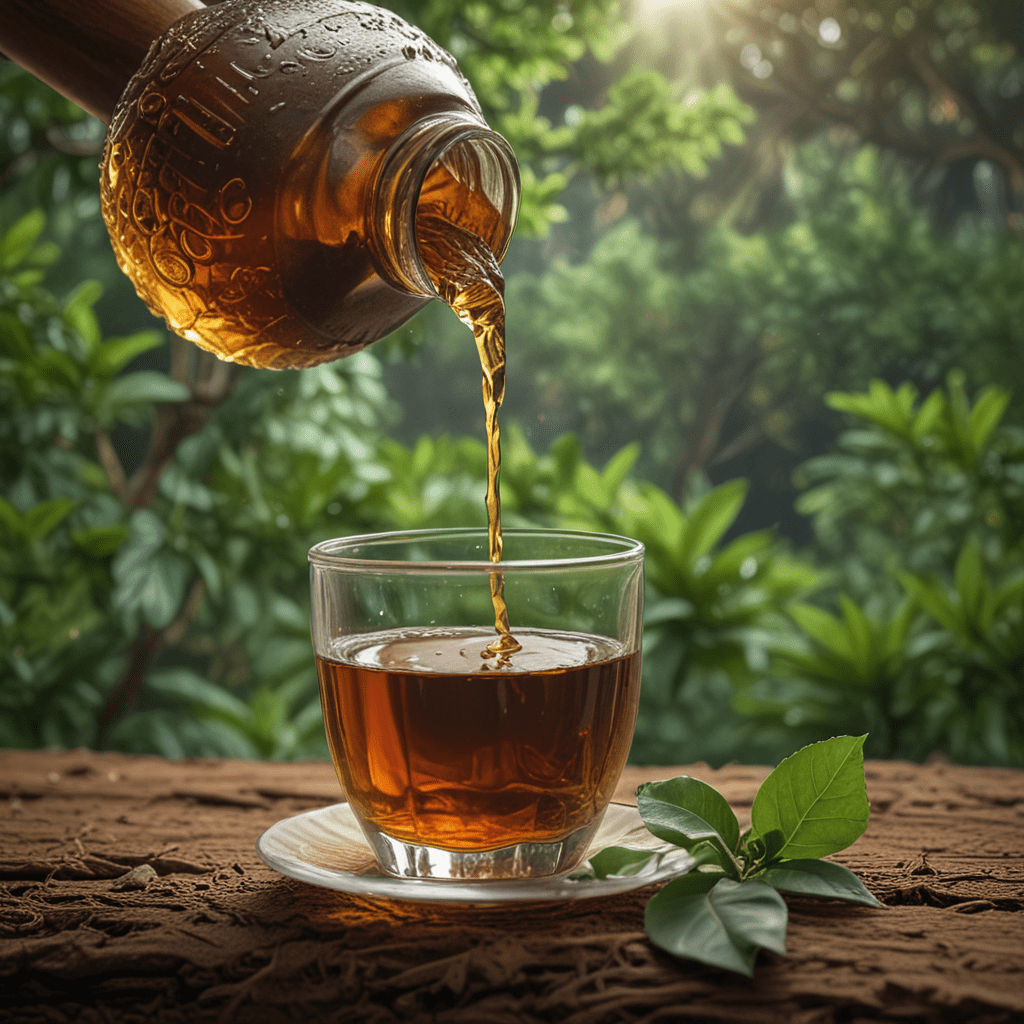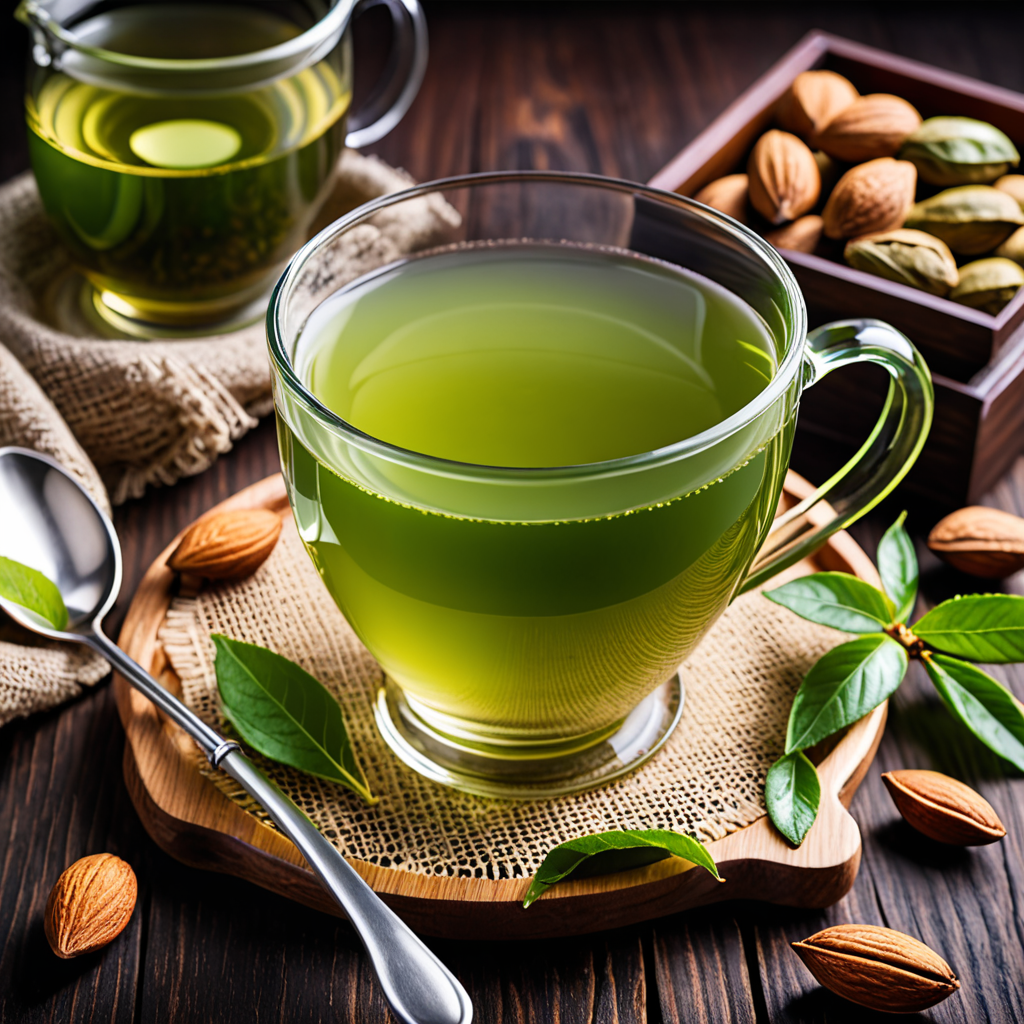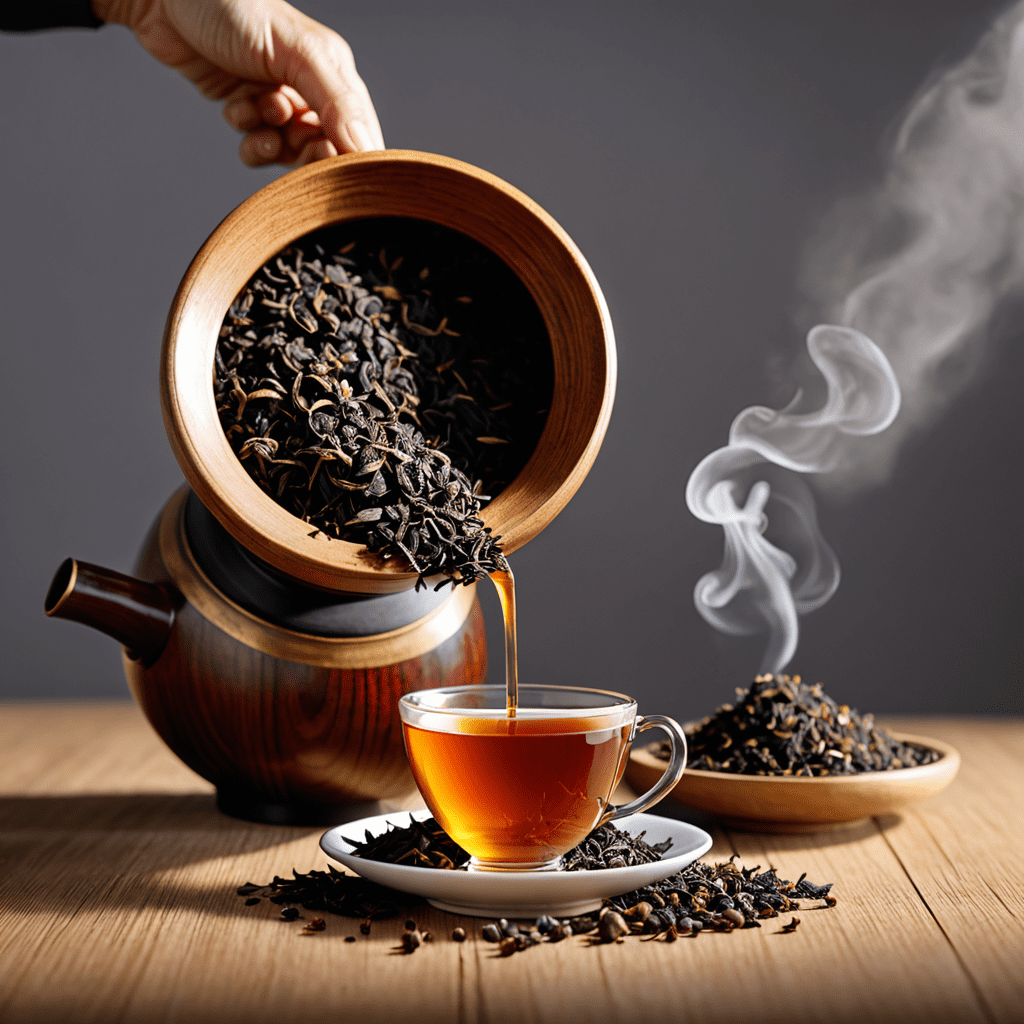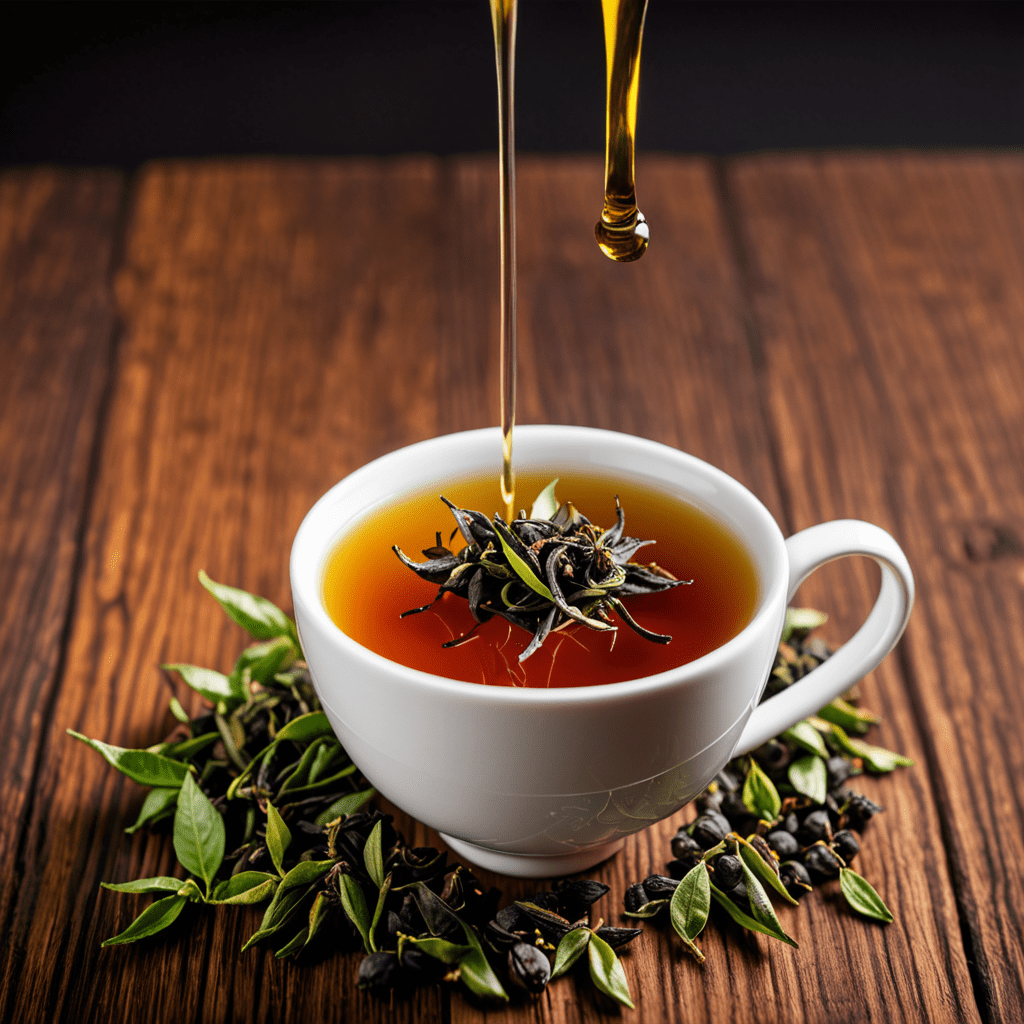
History of Ceylon Tea
The origins of Ceylon tea trace back to the mid-1800s when Scottish planter James Taylor introduced tea seeds from Assam, India to the island of Ceylon (presently known as Sri Lanka). The favorable climatic and geographical conditions of the region proved conducive to tea cultivation, leading to its emergence as a significant industry in Sri Lanka.
Cultivation Practices
Ceylon tea is grown in the central and southern highlands of Sri Lanka, with different regions renowned for their distinct tea characteristics. These elevations, combined with the subtropical monsoon climate and ample rainfall, create optimal growing conditions for tea bushes that yield high-quality leaves.
Tea plants require meticulous care and management throughout their growth cycle. Pruning and fertilization techniques ensure healthy growth and optimal yield, while pest and disease management is key to safeguarding the integrity of the crop.
Harvesting and Processing
The harvesting of Ceylon tea is an art that demands precision. Only the youngest and tenderest two leaves and a bud are plucked, as these possess the desired flavor profile and aroma. This process, known as "two leaves and a bud plucking," requires skilled and experienced hands to ensure the finest quality.
Once harvested, the tea leaves undergo a series of essential processes. Withering removes excess moisture to prepare them for oxidation, while rolling facilitates the release of essential oils and enzymes that contribute to tea's characteristic taste and aroma.
Grading and Blending
After shaping, the dried tea undergoes grading to determine its quality based on size and appearance. The grading process ensures consistency within each grade, with the highest grades commanding premium pricing. Blending involves combining teas from various estates and grades to achieve specific flavor profiles and characteristics. This intricate art requires expertise and experience to create well-balanced, harmonious teas.
Sensory Profiling
Sensory profiling is the process of evaluating a tea's aroma, taste, and mouthfeel by trained tea tasters. These experts use standardized techniques to assess various aspects, such as strength, body, astringency, and briskness. The sensory profile of a tea is crucial in determining its grade and suitability for different brewing methods and occasions.
Quality Control and Sustainability
Maintaining the high quality of Ceylon tea is paramount, which involves rigorous quality control measures throughout the production process. From cultivation practices to processing techniques, stringent standards ensure the tea's integrity and adherence to global food safety regulations. Additionally, sustainable farming methods and environmental conservation practices are emphasized to preserve the long-term viability of the tea industry in Sri Lanka.
Social and Economic Impact
The Ceylon tea industry plays a vital socio-economic role in Sri Lanka, providing employment opportunities and contributing significantly to the national economy. Tea plantations have fostered communities and supported infrastructure development in rural areas. Moreover, the industry promotes cultural heritage, tourism, and the well-being of tea workers, ensuring a sustainable and equitable tea production sector.
The Art of Tea Tasting
Tea tasting is both an art and a science, requiring a refined palate and knowledge of tea characteristics. It involves observing the tea's appearance, aroma, and taste while considering the liquor's strength, body, and nuances. The art of tea tasting allows enthusiasts and professionals to fully appreciate the complexity and diversity of Ceylon tea, enhancing the tea drinking experience.
FAQ
What factors contribute to the unique flavor of Ceylon tea?
Ceylon tea's flavor is influenced by various factors, including climate, soil conditions, elevation, cultivation practices, and processing techniques. The combination of these elements creates a distinctive and diverse range of tea flavors.How does the type of leaf affect the taste of tea?
Younger leaves tend to produce a more delicate and flavorful tea with a brighter color. As leaves mature, they develop more astringency and a fuller body. The type of leaf used in tea production, such as bud, first leaf, or second leaf, influences the tea's overall taste and character.What is the ideal water temperature for brewing Ceylon tea?
For optimal flavor extraction and to prevent bitterness, Ceylon tea is ideally brewed with water at a temperature between 195°F (90°C) and 205°F (96°C). Using boiling water may result in scalding the leaves, leading to an overly bitter brew.
How can I store Ceylon tea to maintain its freshness?
Ceylon tea should be stored in an airtight container in a cool, dry, and dark place to preserve its flavor and aroma. Avoid exposing tea to heat, light, or moisture, as these factors can deteriorate its quality over time.What brewing method is best for Ceylon tea?
Ceylon tea can be brewed using various methods, including loose-leaf brewing, tea bags, or specialized teaware like a teapot. The brewing time may vary depending on the desired strength and method used, but generally, a steeping time of 3-5 minutes is recommended.


